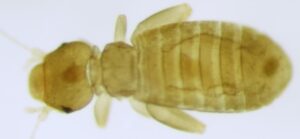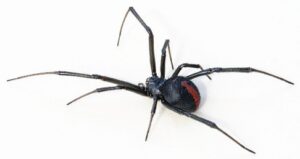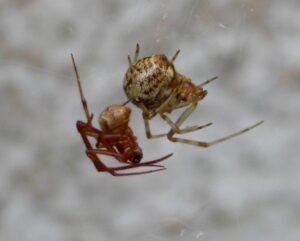Booklice or Psocids:
Booklouse or Psocid
General Description
| · The adult is small, with a soft body, 1-2 mm long, and has a yellowish-honey color.
· The mouth parts are biting. The head carapace is divided into a small anterior carapace and a large posterior carapace. |

Credit: USDA-ARS |
- The horn of consultation is threadlike, consisting of 12-17 knots.
- They have no wings and only simple eyes.
Life Cycle and Common Characteristics
- Females lay eggs singly or in groups, and the amount laid by one female reaches from 20-100 eggs.
- The egg is oval in shape and white in color. The eggs hatch into white, static nymphs that moult 4 times until turning into the full insect.
- The insect has 6-8 generations per year.
- It is characterized by its great speed in moving around the places of its injury.
- It prefers to be in dusty places where the humidity and heat are high, such as libraries, neglected cupboards, gaps and cracks in walls, and behind electricity and drainage connections.
- It feeds on microscopic rotting fungi found in plant materials found in books (glue, starchy materials, papers) and furniture.
Damages and Economic & Medical Implications
- When present in large numbers, it causes damage to books, documents, pictures and other paper products. It crawls over everything it encounters in the home and pollutes food, especially starchy foods, so it is seen as an annoying household pest.




